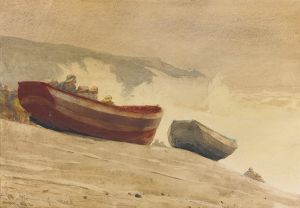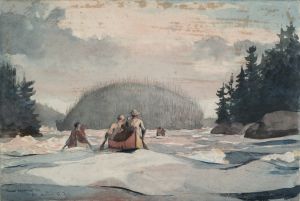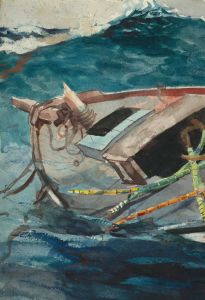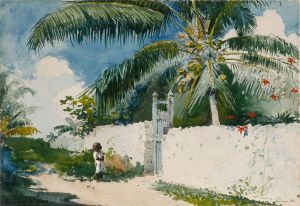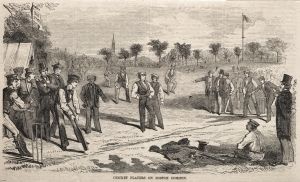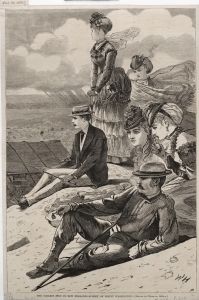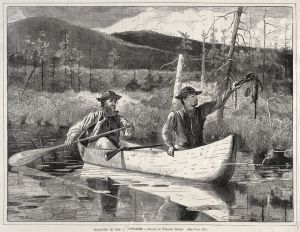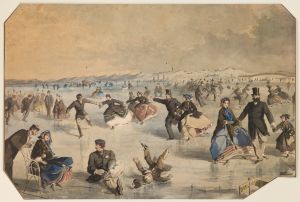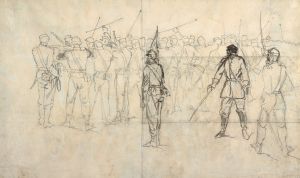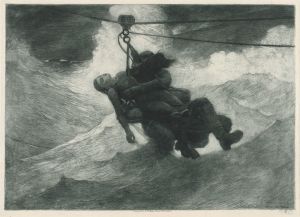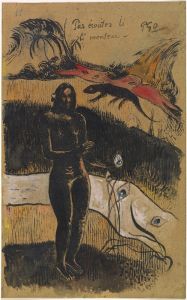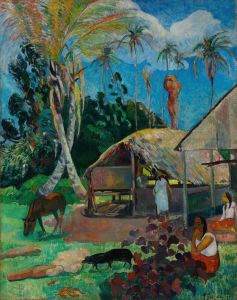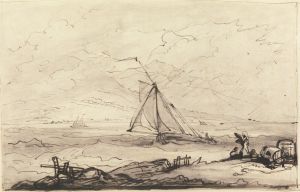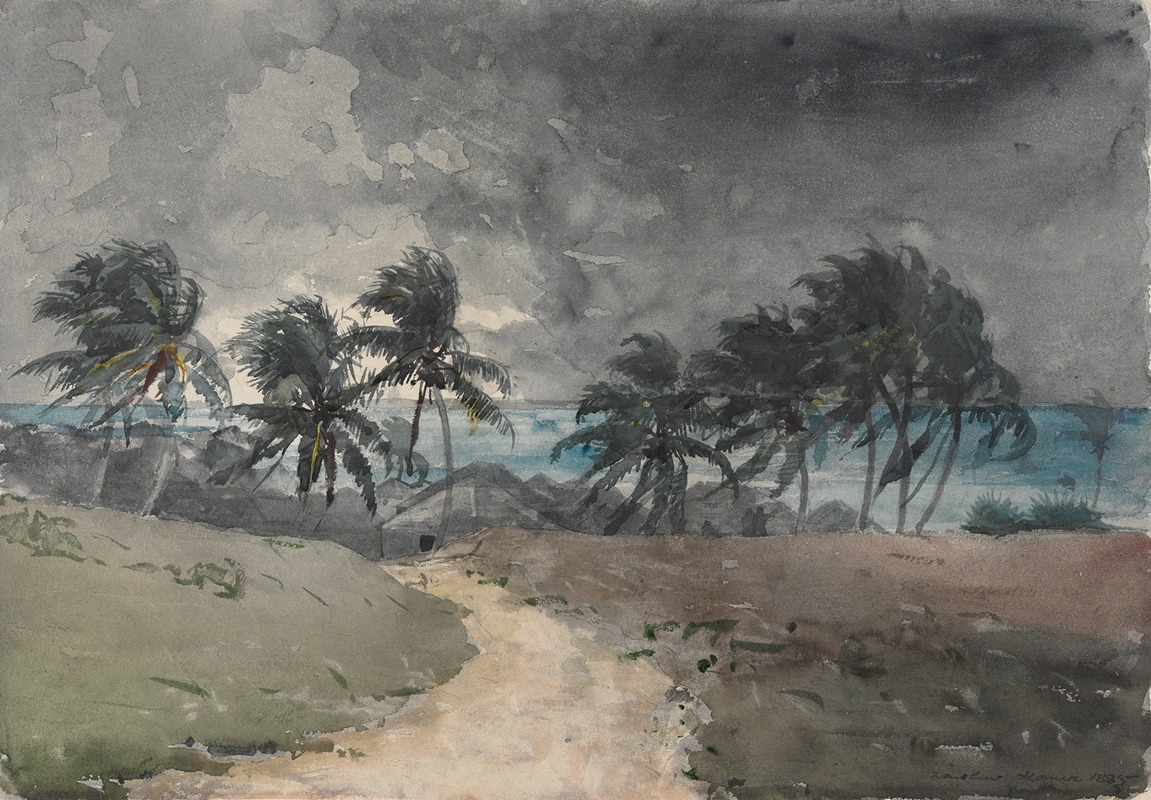
Storm, Bahamas
A hand-painted replica of Winslow Homer’s masterpiece Storm, Bahamas, meticulously crafted by professional artists to capture the true essence of the original. Each piece is created with museum-quality canvas and rare mineral pigments, carefully painted by experienced artists with delicate brushstrokes and rich, layered colors to perfectly recreate the texture of the original artwork. Unlike machine-printed reproductions, this hand-painted version brings the painting to life, infused with the artist’s emotions and skill in every stroke. Whether for personal collection or home decoration, it instantly elevates the artistic atmosphere of any space.
Winslow Homer’s painting Storm, Bahamas is a notable work created by the celebrated American artist during the later years of his career. Homer, renowned for his mastery in depicting the natural world and human interaction with it, painted this piece in 1898. The artwork reflects his fascination with the sea and the dramatic forces of nature, themes that are prevalent in much of his later work.
Storm, Bahamas was inspired by Homer’s travels to the Bahamas, where he spent time between 1884 and 1909. These trips allowed him to study the unique light, vibrant colors, and dynamic seascapes of the region. The painting captures the raw power of a storm over the ocean, with turbulent waves and a dramatic sky dominating the composition. Homer’s use of watercolor in this piece showcases his technical skill and ability to convey the fluidity and movement of water. The work is a testament to his deep understanding of the interplay between light, color, and atmosphere.
The painting is part of Homer’s broader exploration of maritime themes, which became a central focus of his art after he moved to Prouts Neck, Maine, in 1883. His time in the Bahamas provided a stark contrast to the rugged coastlines of Maine, offering him new perspectives and challenges as an artist. The tropical setting of Storm, Bahamas allowed Homer to experiment with a brighter palette and different environmental conditions, which are evident in the vivid blues and greens of the water and the dramatic contrasts in the stormy sky.
Homer’s works from this period often reflect a sense of isolation and the sublime power of nature, themes that resonate in Storm, Bahamas. The painting does not include human figures, emphasizing the overwhelming presence of the natural world. This focus on nature aligns with Homer’s broader artistic philosophy, which often celebrated the beauty and unpredictability of the environment.
Today, Storm, Bahamas is recognized as an important example of Homer’s late-career watercolors. It demonstrates his ability to capture the essence of a moment and his continued innovation as an artist. The painting is held in the collection of the Art Institute of Chicago, where it is appreciated for its technical brilliance and evocative portrayal of nature’s power.





